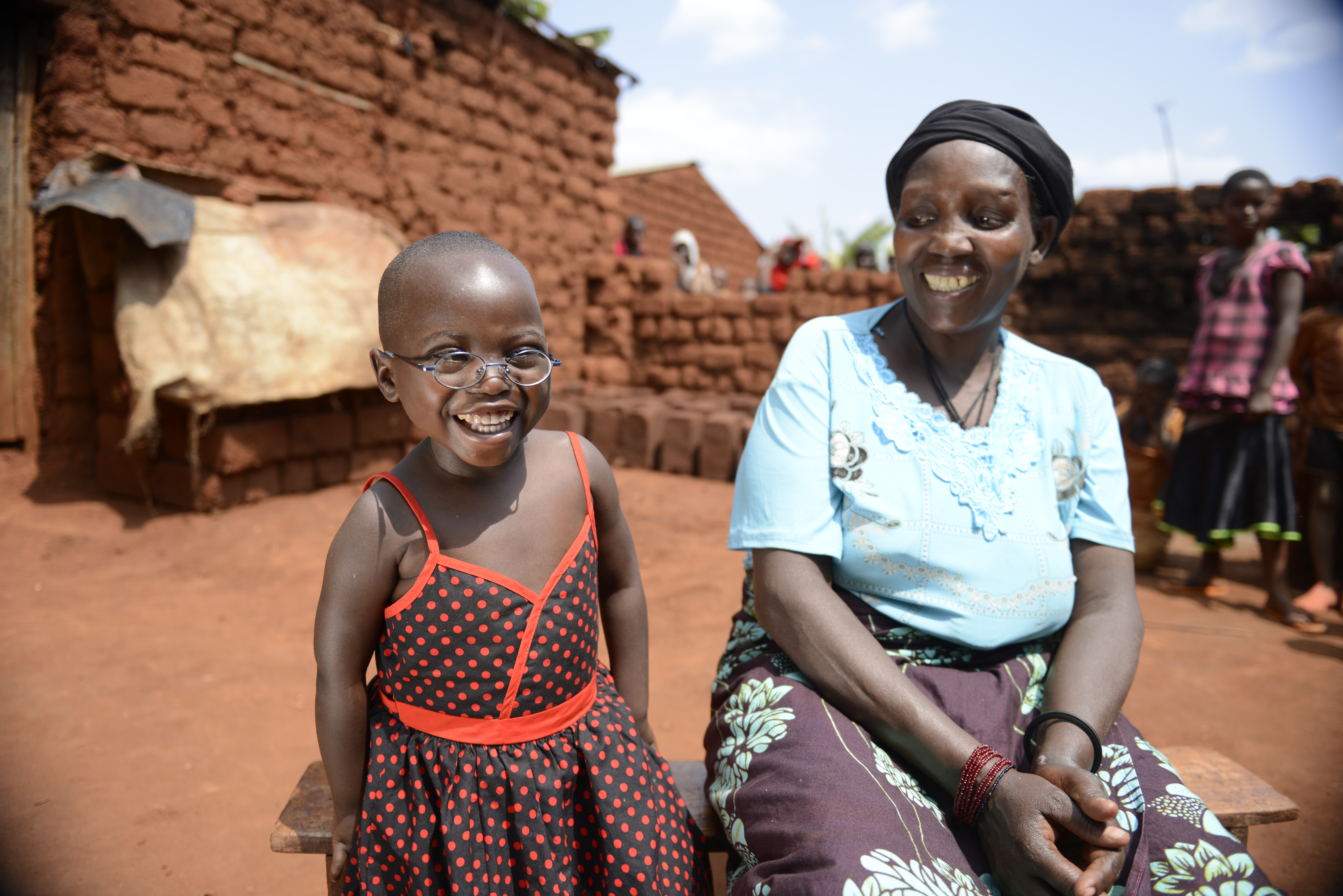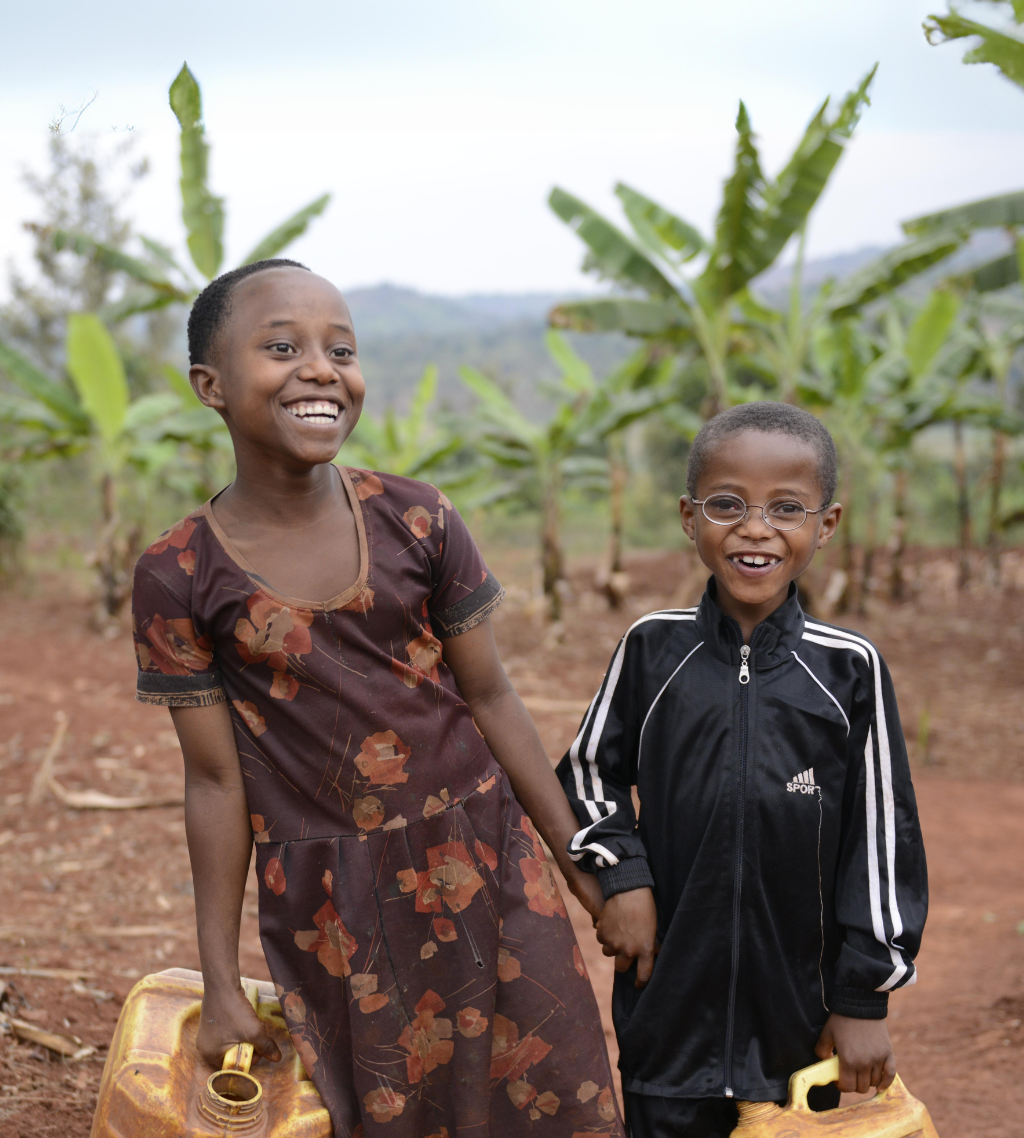Our work in Burundi
The Fred Hollows Foundation has been working in Burundi since 2011, supporting a series of projects to address avoidable blindness. The Foundation supported a Rapid Assessment of Avoidable Blindness (RAAB) survey in two northern provinces, in 2011, which found that 62.5% of blindness in these regions was avoidable and cataract was the primary cause of blindness.
Based on the survey results, The Foundation developed a strategy to establish eye health services within the public health system, working closely in the North Region with the government hospital.
From 2013 to 2014, The Foundation implemented the North Region project with the Ngozi Provincial Hospital, which now has a fully-equipped ophthalmic unit.
Our approach
Between 2015 and 2018, The Fred Hollows Foundation worked in partnership with Clinique d’Oeil, in the remote provinces of Cankuzco, Ruyigi, Rutana and Makamba to deliver eye care screenings and cataract services. Key achievements included screening more than 34,000 people through outreaches and vision centres and performing 2,388 cataract operations.
The Foundation and Clinique del l’Oeil continued to work together to clear the cataract backlog in vulnerable and marginalised communities and pursued a strategy to build a sustainable eye care system in Burundi through public-private partnerships. In 2018, 480 cataract surgeries were conducted in Burundi under this model.
The Foundation is currently working with the Ministry of Health in Burundi to support development of a five-year National Eye Health Plan, which will guide future directions on eye health service delivery in Burundi.

In 2023, The Foundation and its partners made great progress in key strategic areas in Africa:
2,242,407
People screened.
6,866,243
People treated with antibiotics for trachoma.
33,072
Pairs of glasses distributed.
695
Facilities built, equipped or renovated.
24,207
People trained including community health workers, surgeons and teachers.
364,658
Eye operations and treatments performed including cataract operations, surgeries to treat trachoma, diabetic retinopathy treatments and other sight saving or improving interventions.
2,056,781
School children and community members educated in eye health and sanitation.
The countries in Africa that The Foundation works in are Ethiopia, Kenya, Eritrea, Rwanda, Burundi, Uganda, Tanzania and Cameroon .
